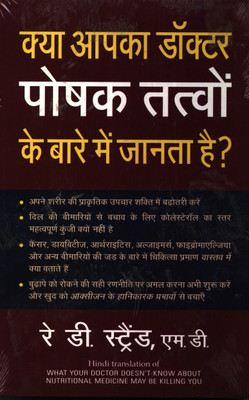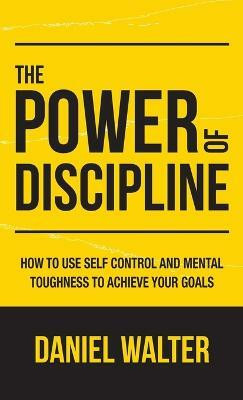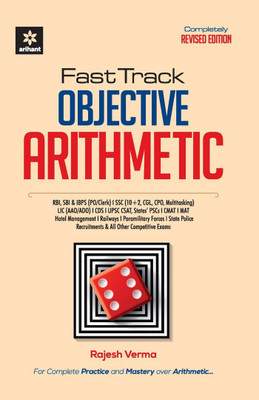
Comprehending Behavioral Statistics (With CD-ROM) 4th Edition (English, Paperback, Russell T. Hurlburt)
Share
Comprehending Behavioral Statistics (With CD-ROM) 4th Edition (English, Paperback, Russell T. Hurlburt)
Be the first to Review this product
₹2,553
₹3,646
29% off
Coupons for you
T&C
Available offers
T&C
T&C
T&C
T&C
Delivery
Check
Enter pincode
Delivery by15 Aug, Friday
?
View Details
Highlights
- Language: English
- Binding: Paperback
- Publisher: Wadsworth
- ISBN: 9780495091837, 0495091839
- Edition: 4thEdition, 2006
- Pages: 624
Services
- Cash on Delivery available?
Seller
Description
An unbeatable combination that will appeal to any learning style! Packaged with the free Personal Trainer CD-ROM, COMPREHENDING BEHAVIORAL STATISTICS makes statistics appealing and approachable to students with a variety of learning styles and backgrounds. Students who learn best by READING find Hurlburt's explanations-which have been crafted and revised based on his own students' feedback-to be exceptionally clear. Students who learn better by LISTENING find the audio/visual "lectlets" on the accompanying Personal Trainer CD-ROM invaluable. Covering each topic in the text, the lectlets include interactive review questions with immediate feedback that engage students who learn best by INTERACTING. For VISUAL learners, the text includes more than 400 illustrations (twice as many as most texts), as well as Hurlburt's free ESTAT software on the accompanying CD-ROM. ESTAT is a unique program that allows students to practice the eyeball-estimation of basic concepts so that they can understand at a deeper level the statistics they are computing. Faculty appreciate the textbook's accuracy and focus on timely topics as well as its innovative pedagogy: Hurlburt uses a progressive, cumulative integration and review of concepts so students keep fundamental concepts "fresh" as they progress through the course.
About the Author
Table of Contents
About the Author
- Russell T. Hurlburt, Ph.D. has been at the University of Nevada, Las Vegas since 1976. Prior to arriving at UNLV, he completed a clinical psychology internship at Connecticut's Newtown State Hospital. He received his Ph.D. in clinical psychology from the University of South Dakota after a B.S. in engineering from Princeton. Hurlburt's areas of interest include the teaching of introductory statistics: Dr. Hurlburt has developed "eyeball estimation" techniques for comprehending the concepts of statistics, and he's incorporated them into his textbooks and computer-aided instructional programs. His clinical psychology and engineering backgrounds make him ideally situated to write about introductory statistics with accuracy and sensitivity. Dr. Hurlburt is also one of the pioneers of "thought sampling," the use of beepers to trigger the random sampling of thoughts and feelings in participants' own natural environments. He is the originator of the "descriptive experience sampling method," which provides qualitative, idiographic descriptions of inner experience.
Table of Contents
- Preface.
1. Introduction.
2. Mathematical Concepts.
3. Frequency Distributions.
4. Measures of Central Tendency.
5. Measures of Variation.
6. Using Frequency Distributions.
7. Samples and the Sampling Distribution of the Means.
8. Parameter Estimation.
9. Evaluating Hypothesis.
10. Inferences About Means of Single Samples.
11. Inferences About Means of Two Independent Samples.
12. Inferences About Means of Two Dependent Samples.
13. Statistical Power.
14. Inferences About Two or More Means: Analysis of Variance.
15. Post Hoc Tests, A Priori Tests, Repeated Measures ANOVA, and Two-Way ANOVA.
16. Measures of the Relationship Between Two Variables: Correlation.
17. Prediction: Linear Regression.
18. Some Nonparametric Statistical Tests.
Appendices:
A. Statistical Tables.
B. Review of Basic Arithmetic.
C. Summary of Statistical Formulas Used in This Text.
D. Answers to Selected Exercises.
List of Symbols and Glossary.
Read More
Specifications
Book Details
| Publication Year |
|
Contributors
| Author |
|
Dimensions
| Height |
|
| Weight |
|
Be the first to ask about this product
Safe and Secure Payments.Easy returns.100% Authentic products.
Back to top






